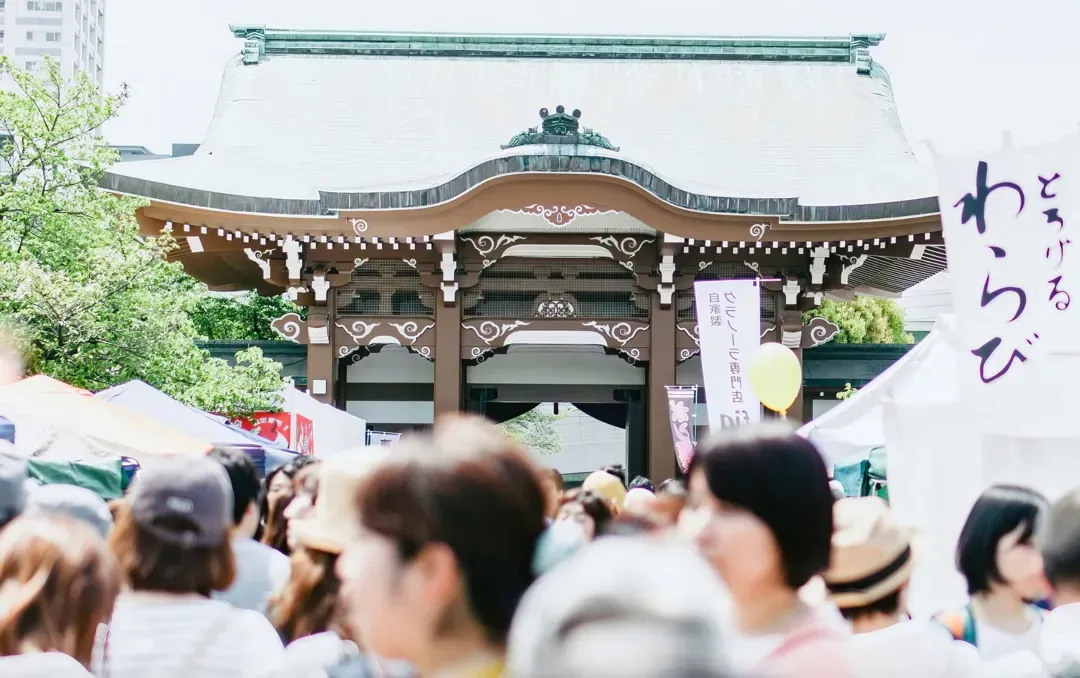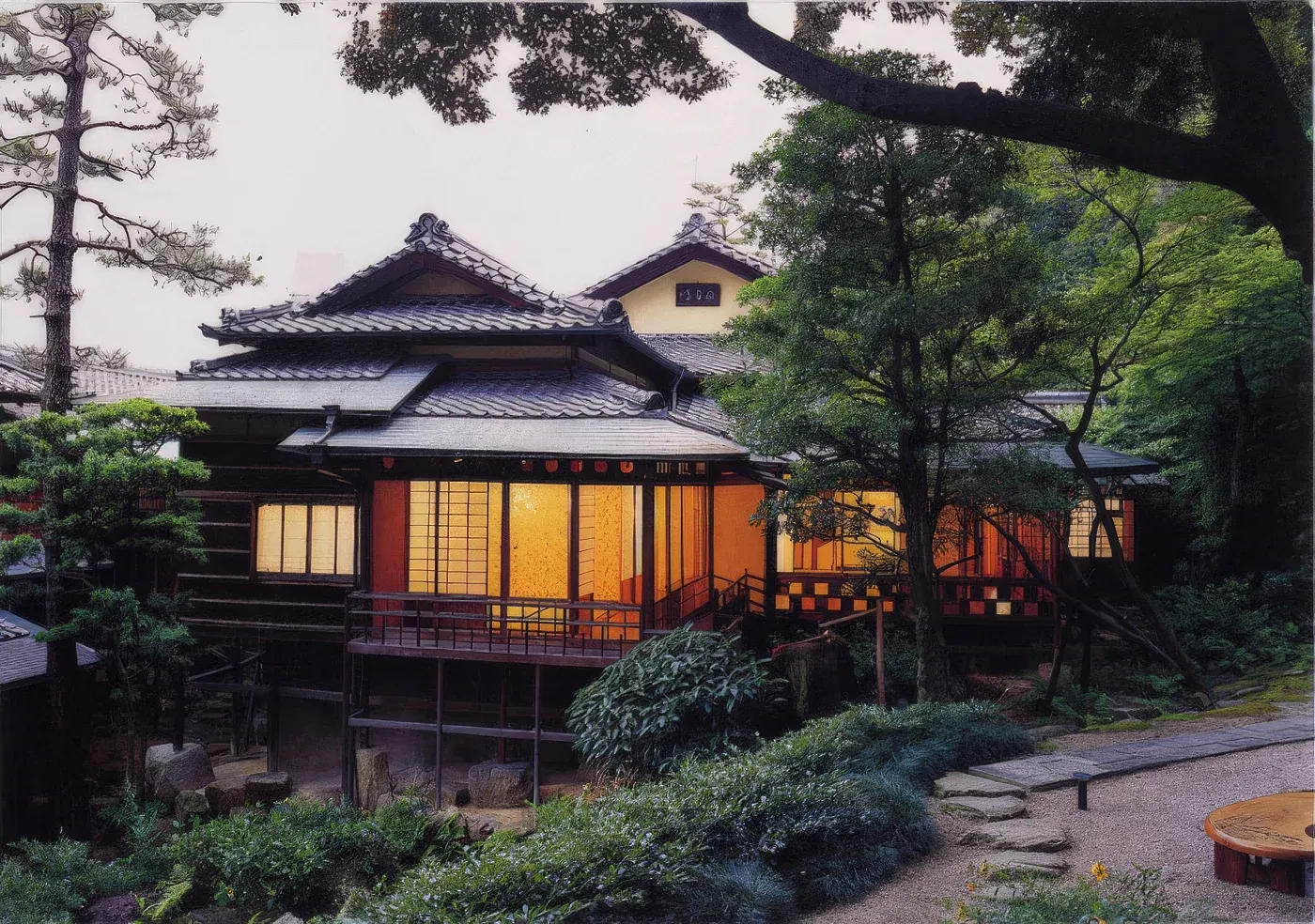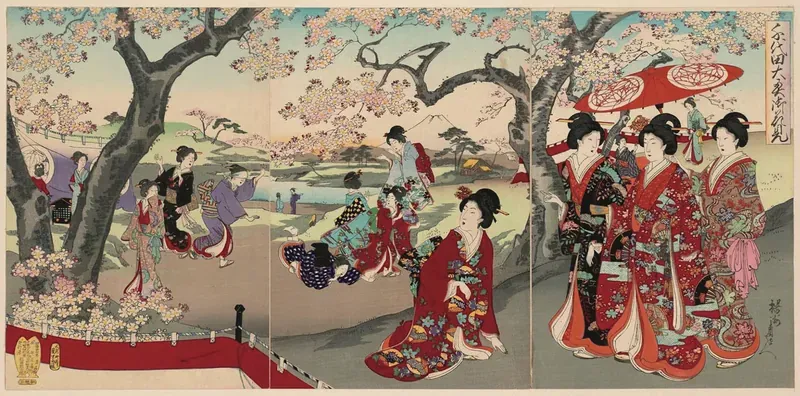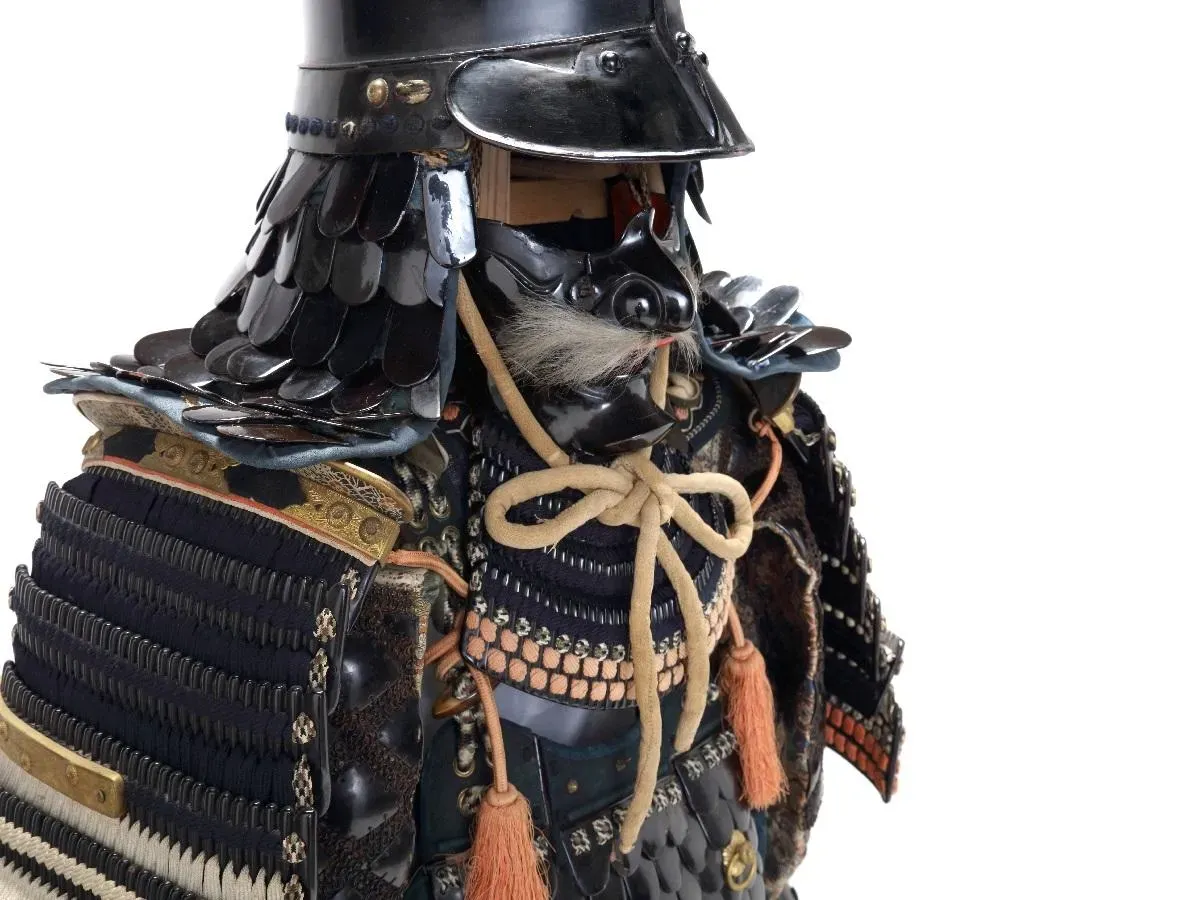Looking for a genuine local experience in Nagoya that blends shopping, culture, and community? The "Kurashi no Asaichi" (Living Morning Market) at Higashi Betsuin Temple might just become your new favorite spot. This market has won the hearts of locals and curious visitors, offering something refreshingly different from the city's modern shopping centers.
A Special Kind of Market
Held three times monthly—on the 8th, 18th, and 28th—Kurashi no Asaichi transforms the historic Higashi Betsuin Temple grounds into a lively marketplace with about 50 hand-picked vendors. The name "kurashi" (暮らし) means "living" or "lifestyle," reflecting the market's focus on products that enhance thoughtful, sustainable daily life.

The vibe here hits just right—busy enough to feel exciting, yet laid-back enough to wander at your own pace. Unlike bigger commercial markets, this place lets you actually talk with the people who make or grow what you're buying.

A Temple With a Story
Before you bite into that handmade yakisoba or browse a table of hand-fired pottery, take a moment to appreciate your surroundings. Higashi Betsuin Temple (officially Nagoya Betsuin) has watched over this corner of Nagoya for more than 300 years.
Founded in 1690 on the former site of Furuwatari Castle—once connected to the famous warlord Oda Nobunaga—the temple stands on land donated by Tokugawa Mitsutomo, the powerful feudal lord of Owari domain. It quickly became one of Nagoya's most significant centers for Jōdo Shinshū (Pure Land Buddhism) practice.
The main hall, built in 1702, was once among the largest buildings in Nagoya, rivaling even Nagoya Castle in size. Like much of the city, it fell victim to the air raids of 1945, but was rebuilt in 1962 through community support. Today, it houses an Amida Buddha statue and a portrait of Shinran Shonin, who founded the Jōdo Shinshū tradition.
As you wander the grounds between market stalls, you might spot an old bell cast in 1692 that still rings on New Year's Eve, or a monument marking where Emperor Meiji once established temporary military headquarters. These quiet reminders of history provide a meaningful backdrop to the market's modern energy.

What You'll Find at the Market
Wander through the market and you'll quickly fill your bags with all kinds of uniue stuff. Farmers from just outside the city bring their just-picked produce, still dusted with earth and bursting with flavor you won't find in supermarkets. The smell of freshly baked bread wafts through the air as bakers display loaves made with slow-fermented natural yeast. Nearby, you might spot jars of ruby-red jam made from seasonal fruits, handcrafted sweets without the usual additives, and aromatic teas blended to soothe both body and soul.
For crafty fans, local artisans show off their skill through ceramics with perfectly imperfect glazes, textiles in colors inspired by the changing seasons, and jewelry that transforms simple materials into wearable art. Vintage hunters will feel right at home sorting through carefully curated secondhand goods—perhaps a decades-old rice bowl with a distinctive crack that only adds to its charm, or a gently worn kimono waiting for its second life.
Throughout the market, you'll find practical items for a more mindful home: beeswax wraps instead of plastic, handmade soaps scented with essential oils, and bamboo alternatives to everyday disposables. Each item carries not just function but the story and passion of its maker.
Each Date Has Its Own Flavor
What makes this market truly special is its shape-shifting personality throughout the month, with different styles of markets on the 8th, 18th, and 28th.
On the 8th and you'll find yourself surrounded by natural living enthusiasts – farmers with soil still under their fingernails arranging heirloom vegetables, herbalists mixing teas that promise better sleep or digestion, and artisans crafting household goods from materials that tread lightly on the earth.
Skip ahead to the 18th, and the vibe shifts entirely. Here's where you'll meet Nagoya's creative risk-takers – the ceramicist experimenting with unconventional glazes, the young chef fermenting something you've never tasted before, or the designer repurposing vintage fabrics into modern statement pieces.
Then on the 28th, when the temple grounds buzz with the market's fullest expression – vendors spill into every available corner, shoppers navigate cheerful crowds, and the volume of conversation rises as friends bump into each other between stalls. Old-timers who visit monthly swear by this rotation, insisting that each visit feels like discovering the market anew. "I've been coming for three years," one regular told me, "and I still leave with something unexpected every single time."
NOTE: Bring your own shopping bags if you can. And though some parking exists, spaces fill quickly, so the subway is your best bet.
More Than Just Shopping
The juxtaposition is striking—vendors selling artisanal foods and handcrafted goods in the shadow of centuries-old temple buildings. While Kurashi no Asaichi buzzes with modern creativity, the temple grounds provide a quiet, grounding presence, reminding visitors that in Nagoya, the old and new are never far apart.
Many folks make a morning of it, grabbing breakfast or lunch from food vendors while people-watching, then taking time to explore the temple itself. It's a perfect blend of commerce, culture, and contemplation.
The Details
Higashi Betsuin Kurashi no Asaichi
When:
8th, 18th, and 28th monthly
Times:
10:00~14:00
(Rain or Shine)
Where:
Higashi Betsuin Temple
2-8-55 Tachibana
Naka-ku, Nagoya
Access
Getting there is easy—it's just a 3-minute walk from Exit 4 of Higashi Betsuin Station on the Meijo subway line.
MAP

Nagoya Buzz
Events, local info, and humor for the international community of Nagoya, Japan.
Follow Nagoya Buzz :










Leave a Comment